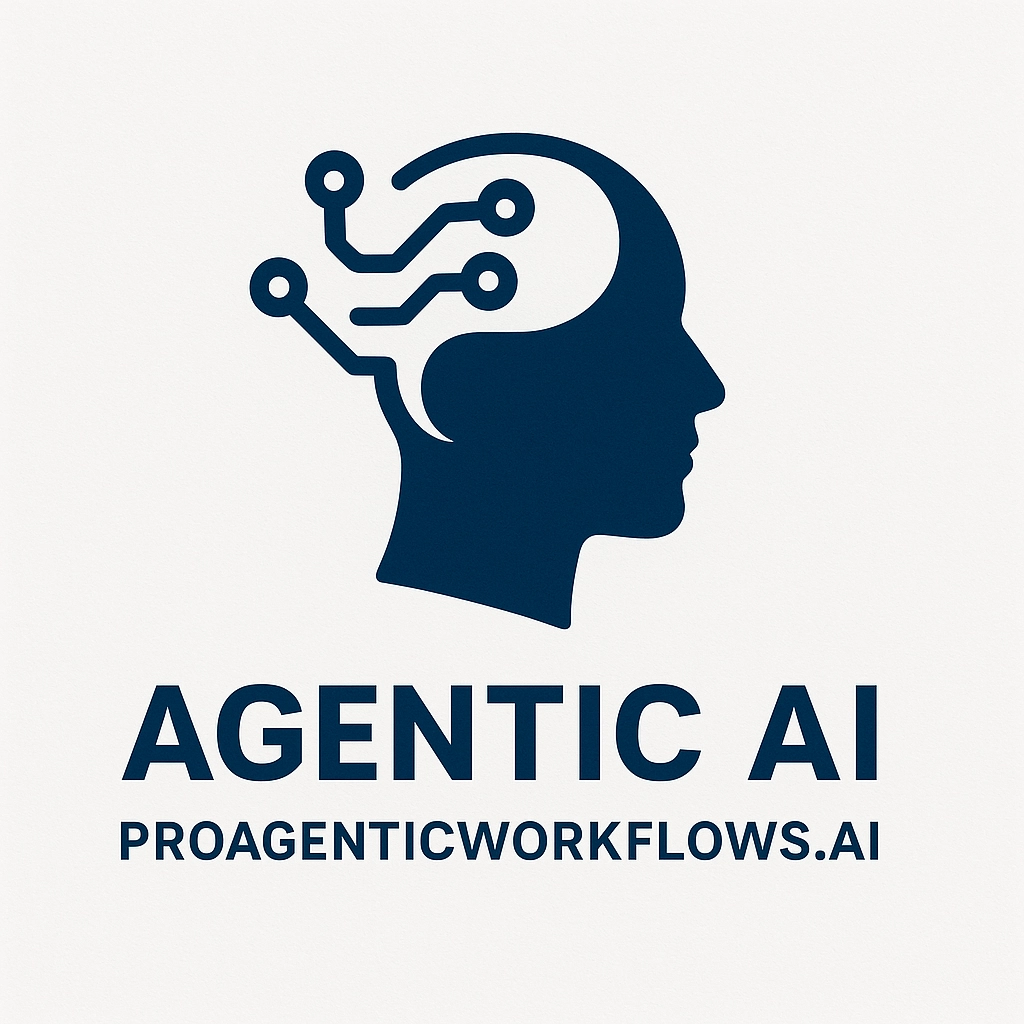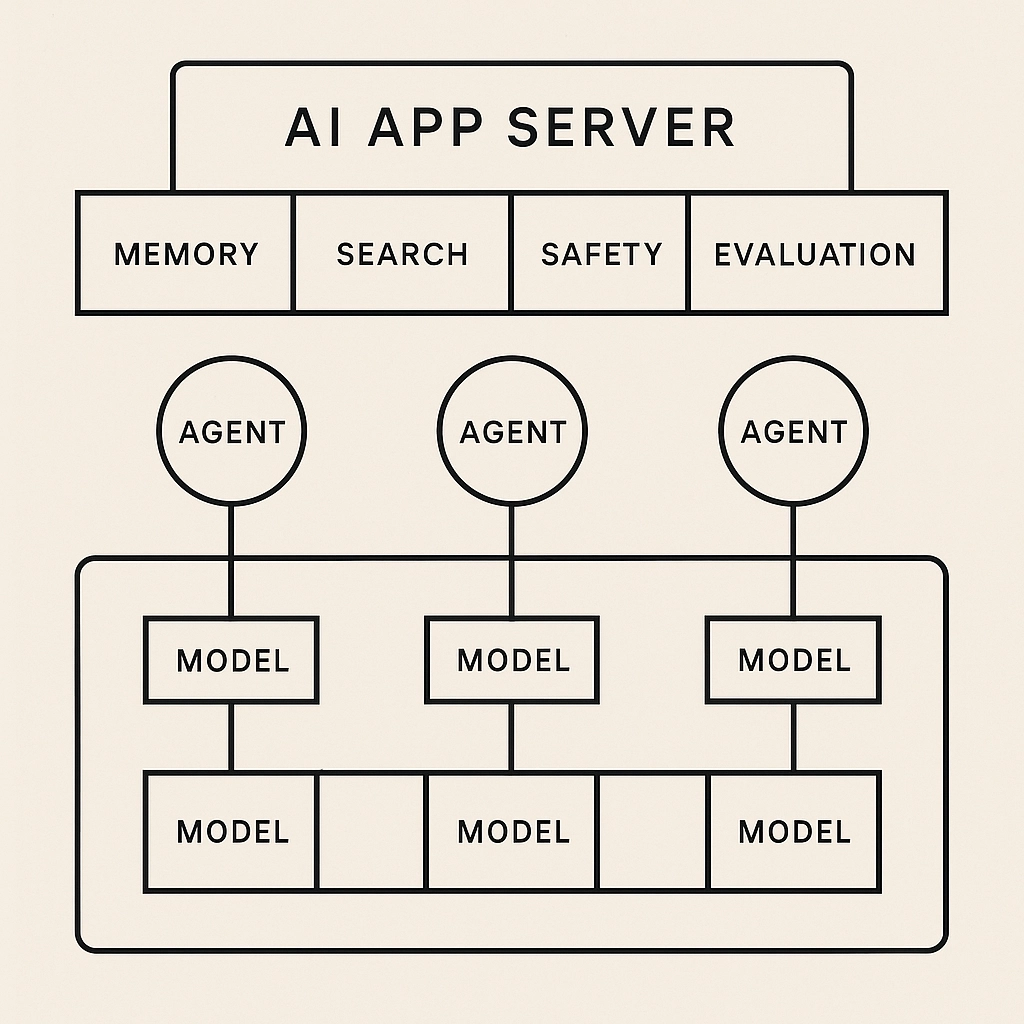Abstract
This blog explores optimization strategies for Agentic AI workflows, focusing on balancing quality, latency, and throughput in large language model (LLM) applications. We examine various inference frameworks, model architectures, and deployment strategies to achieve optimal performance while maintaining response quality.
Introduction
As organizations increasingly adopt generative AI and LLMs for a wide range of applications, a critical challenge emerges: balancing response quality with system performance. Powerful models like GPT-4 offer impressive capabilities but may introduce unnecessary overhead for simpler tasks, resulting in increased latency and infrastructure costs. Optimizing AI workflows becomes essential to deliver efficient and high-quality services.
Agentic AI workflows, in particular, often require multiple LLM calls to answer a single user query or task. These workflows involve complex reasoning, planning, and decision-making processes that can strain system resources if not properly optimized.
Key Optimization Strategies
1. Hybrid Model Architecture
Implementing a hybrid approach that combines small language models (SLMs) and LLMs based on task complexity can significantly enhance efficiency:
Routine Tasks: Utilize SLMs for well-defined, routine tasks where complex reasoning is unnecessary.
Complex Queries: Reserve larger models for queries that require deeper understanding and nuanced responses.
Dynamic Routing: Implement systems that can dynamically route queries to the appropriate model based on complexity analysis.
Domain-Specific Fine-Tuning: Fine-tune models using domain-specific data to improve accuracy and reduce hallucinations.
2. Inference Framework Selection
Choosing the right inference framework is crucial for optimizing performance. Here are some notable options:
Text Generation Inference (TGI)
Support: Backed by Hugging Face.
Caching Mechanisms: Offers robust caching to reduce redundant computations.
Model Adoption: Rapidly integrates new models from the community.
Multi-Lingual Support: Optimized for applications requiring support for multiple languages.
Versatile LLM (vLLM)
Development: Created by researchers at UC Berkeley.
Throughput: Designed for high throughput, handling large volumes of requests efficiently.
Multi-Modal Support: Capable of processing different types of data inputs.
Memory Management: Efficient use of memory resources to handle large models.
NVIDIA Triton Inference Server
Integration: Part of the NVIDIA AI Enterprise suite.
GPU Optimization: Tailored for NVIDIA GPUs, leveraging their full potential.
Model Sharding: Supports advanced model partitioning across GPUs.
Precision Optimization: Allows for mixed-precision computations to balance speed and accuracy.
3. Hardware Optimization
Selecting appropriate hardware configurations can lead to significant performance gains:
A10 GPU: Cost-effective solution suitable for moderate workloads and development environments.
A100 GPU: Provides balanced performance, ideal for production environments with demanding workloads.
H100 GPU: Offers superior performance, optimized for latency-critical applications and large-scale deployments.
Time-to-first-token (TTFT) metrics show notable improvements when deploying optimized frameworks like Triton Inference Server on high-end GPUs such as the H100.
Practical Tips for Optimizing Agentic AI Workflows
Agentic AI workflows often involve complex sequences of LLM calls to simulate reasoning, planning, and decision-making. Optimizing these workflows requires careful consideration to minimize latency and resource consumption while maintaining high-quality responses.
1. Minimize LLM Call Overhead
Combine Multiple Prompts: Where possible, consolidate multiple prompts into a single LLM call to reduce latency.
Prompt Engineering: Design prompts that elicit comprehensive responses, reducing the need for follow-up queries.
Use Shorter Contexts: Limit the amount of context sent with each prompt to essential information to decrease processing time.
2. Implement Asynchronous Processing
Parallelize LLM Calls: Execute independent LLM calls in parallel to utilize resources efficiently and reduce total processing time.
Non-Blocking Operations: Use asynchronous programming models to prevent bottlenecks caused by waiting for LLM responses.
3. Leverage Caching Mechanisms
Response Caching: Store and reuse responses for identical or similar prompts to avoid redundant LLM calls.
Intermediate Results: Cache intermediate computations in multi-step workflows to prevent recalculating the same data.
4. Optimize Model Selection
Model Appropriateness: Use smaller, faster models for less complex tasks within the workflow.
Dynamic Model Switching: Implement logic to switch between models based on the specific requirements at each step.
5. Efficient Memory and Context Management
Context Window Management: Be mindful of the model's context window size to prevent truncation of important information.
State Management: Maintain necessary state information between LLM calls without overloading the model with excessive context.
6. Batch Processing and Request Aggregation
Batch Similar Requests: Group similar LLM calls together to process them in a single batch, improving throughput.
Aggregate User Inputs: Combine multiple user inputs when appropriate to reduce the number of required LLM interactions.
7. Use Specialized Models for Specific Tasks
Task-Specific Models: Employ models fine-tuned for specific subtasks within the workflow to improve efficiency and accuracy.
Modular Workflow Design: Break down the workflow into modules that can be optimized and updated independently.
8. Monitor and Optimize Token Usage
Token Efficiency: Write prompts and design responses to minimize the number of tokens used, reducing cost and latency.
Token Limits: Be aware of token limitations and design workflows to operate within these constraints.
9. Error Handling and Fallback Mechanisms
Graceful Degradation: Implement fallback strategies when an LLM call fails to prevent workflow interruptions.
Retry Logic: Include intelligent retry mechanisms with exponential backoff to handle transient failures.
10. Security and Compliance Optimization
Data Minimization: Only include necessary information in prompts to protect sensitive data and reduce payload size.
Compliance Checks: Integrate compliance verification steps within the workflow to ensure outputs meet regulatory standards.
Performance Optimization Techniques
1. Model Optimization
Knowledge Distillation: Train smaller models to replicate the behavior of larger ones, reducing size without significant loss in performance.
Quantization: Reduce the precision of model parameters, decreasing memory usage and increasing inference speed.
Parameter Pruning: Remove redundant or less impactful parameters to streamline the model.
Dynamic Batch Sizing: Adjust batch sizes in real-time based on current load to maximize throughput.
2. Workflow Optimization
Streaming Responses: Send partial responses as they are generated to reduce perceived latency.
Task Ordering: Optimize the sequence of operations in multi-step workflows to minimize bottlenecks.
Parallel Processing: Utilize parallelism where possible, while managing resource constraints.
Caching Strategies: Implement efficient caching mechanisms to avoid redundant computations.
3. System Architecture Considerations
Model Sharding: Distribute model computations across multiple GPUs to handle larger models and datasets.
Load Balancing: Ensure even distribution of workloads to prevent overloading specific resources.
Memory Management: Optimize memory allocation and garbage collection to prevent leaks and overuse.
Network Latency Reduction: Optimize network configurations and protocols to reduce communication delays.
Evaluation Metrics and Benchmarking
To assess performance and make informed optimizations, consider the following key performance indicators:
1. Response Latency
Time-to-First-Token (TTFT): Measures the delay before the first part of the response is received.
End-to-End Completion Time: Total time taken from request initiation to full response delivery.
Perceived Latency: The user's perception of response time, which can be improved with techniques like streaming.
2. Throughput Metrics
Requests Per Second (RPS): Number of requests the system can handle per second.
Concurrent User Capacity: Maximum number of users the system can support simultaneously.
Resource Utilization: Efficiency in using computational resources like CPU, GPU, and memory.
3. Quality Metrics
Response Accuracy: Correctness and reliability of the responses provided.
Hallucination Rate: Frequency of generating responses that are incorrect or nonsensical.
Context Relevance: Ability to maintain context and provide relevant information throughout the interaction.
Recommendations for Implementation
1. Architecture Design
Adaptive Routing: Design systems that route queries to the most appropriate model based on complexity.
Scalability: Build with scalability in mind to accommodate growth and peak loads.
Peak Load Planning: Anticipate and plan for periods of high demand.
Cost-Performance Trade-Offs: Balance infrastructure costs with desired performance levels.
2. Monitoring and Optimization
Comprehensive Monitoring: Implement tools to monitor system performance and health continuously.
Key Metrics Tracking: Regularly track and analyze performance indicators.
Performance Audits: Conduct periodic reviews to identify bottlenecks and areas for improvement.
Continuous Optimization: Adopt an iterative approach to optimization, making incremental improvements over time.
3. Resource Management
GPU Utilization: Optimize the use of GPUs to ensure they are efficiently handling workloads.
Memory Management: Implement strategies to manage memory effectively, preventing leaks and overconsumption.
Cost Balancing: Continuously assess the balance between operational costs and performance benefits.
Capacity Scaling: Plan for horizontal and vertical scaling to meet changing demands.
Future Directions
1. Emerging Optimization Techniques
Advanced Model Compression: Explore new methods to compress models without significant loss of fidelity.
Novel Architectures: Investigate innovative model architectures that offer better performance-efficiency trade-offs.
Inference Optimization: Develop and adopt techniques that accelerate inference without compromising quality.
2. Integration of New Technologies
Hardware Accelerators: Leverage emerging hardware solutions specifically designed for AI workloads.
Advanced Caching Mechanisms: Implement smarter caching strategies that adapt to usage patterns.
Improved Model Architectures: Stay updated with the latest advancements in model design to enhance capabilities.
Conclusion
Successfully optimizing Agentic AI workflows requires a multifaceted approach that considers model architectures, inference frameworks, and hardware configurations. By implementing hybrid models, selecting appropriate inference frameworks, and optimizing hardware usage, organizations can achieve significant performance improvements. Practical tips such as minimizing LLM call overhead, leveraging caching mechanisms, and efficient memory management are essential for workflows that inherently require many LLM calls. Continuous monitoring and iterative optimization are crucial to maintain efficiency and response quality in the dynamic field of AI.






Comments